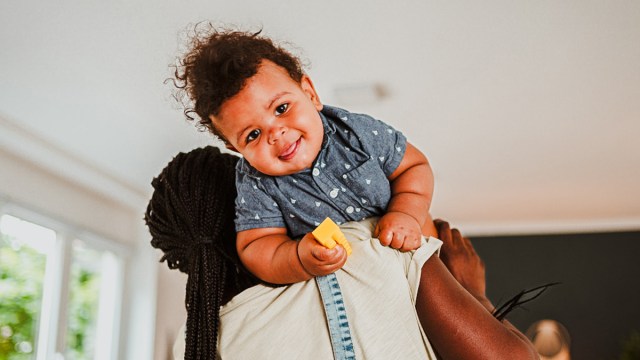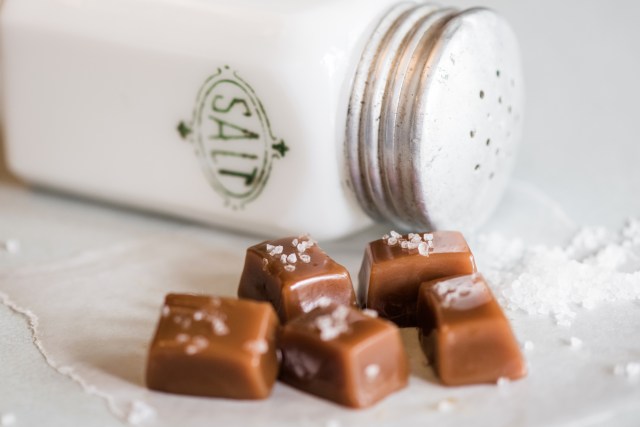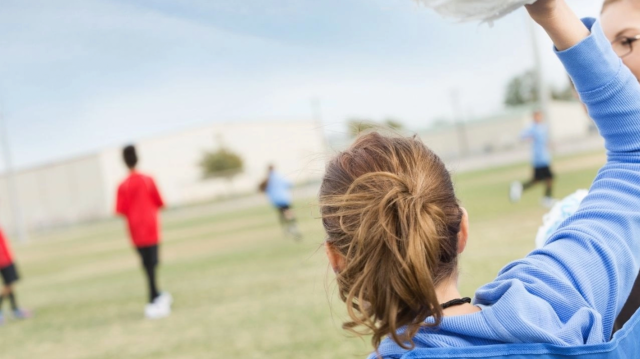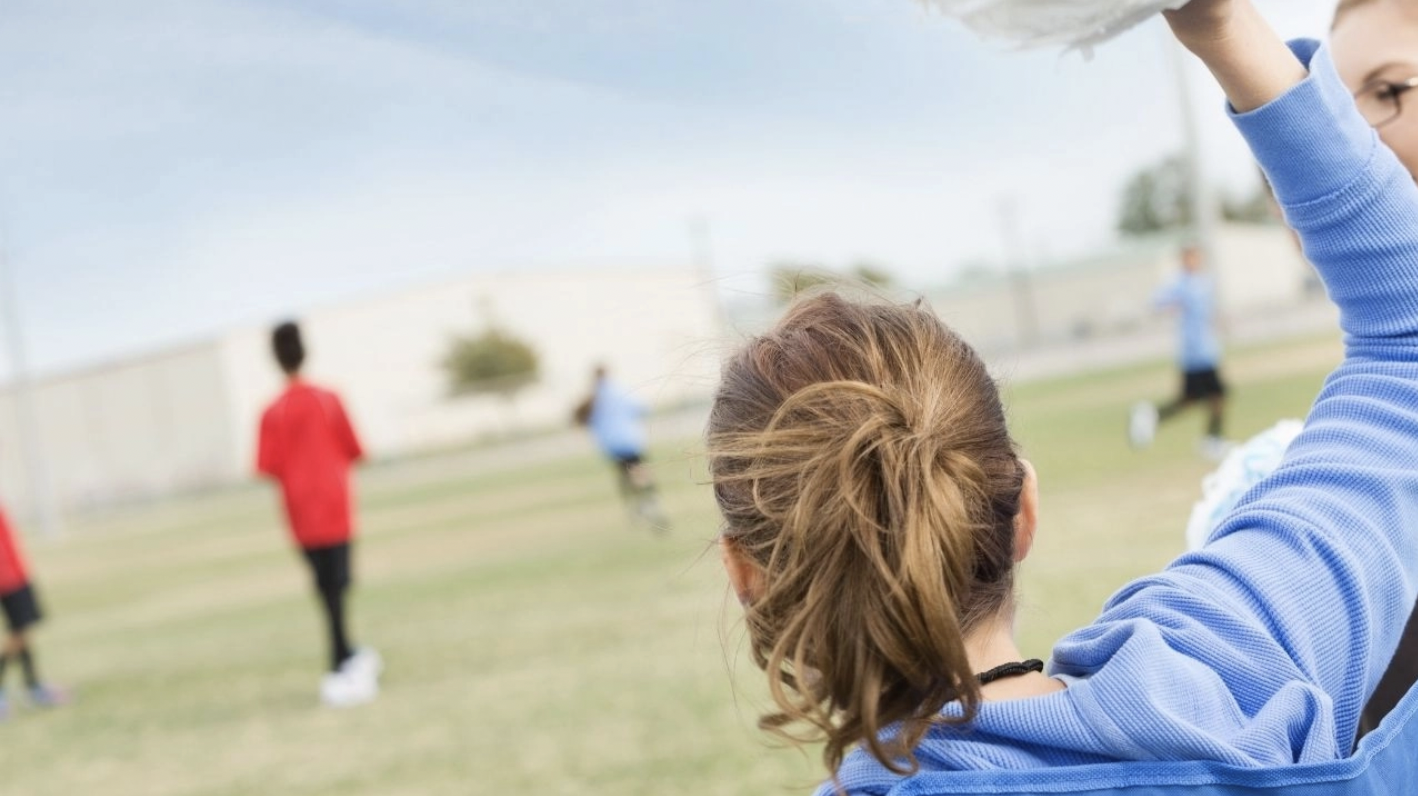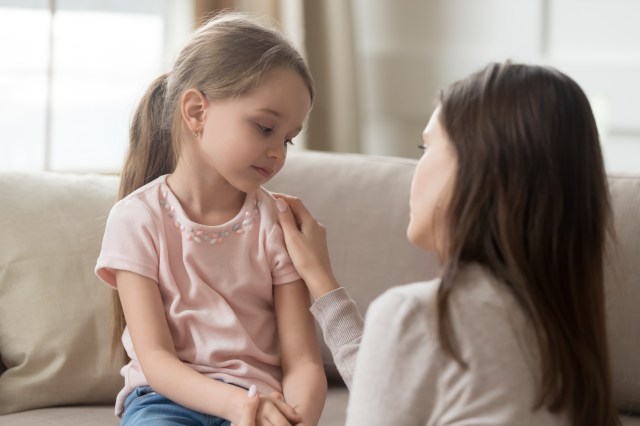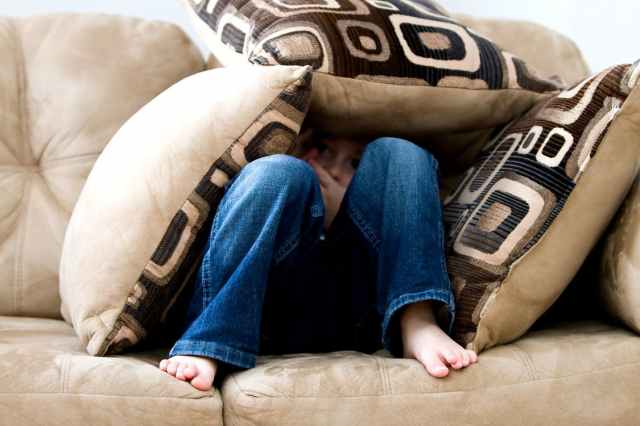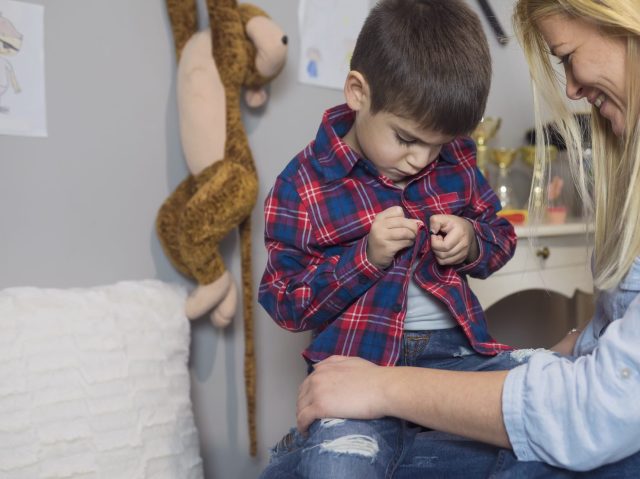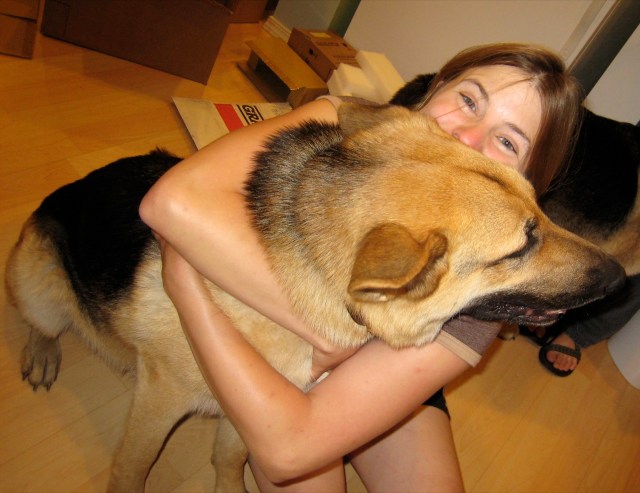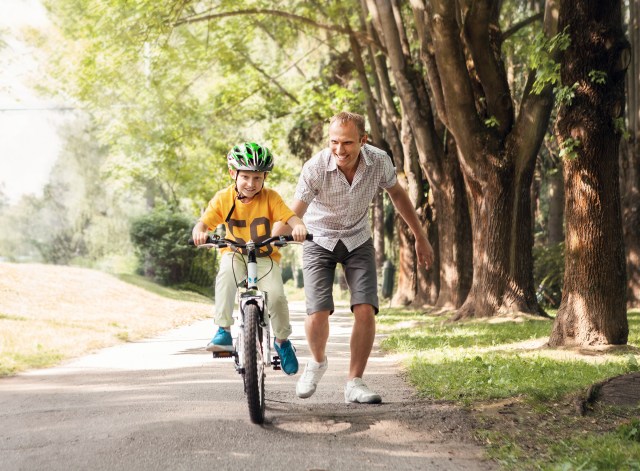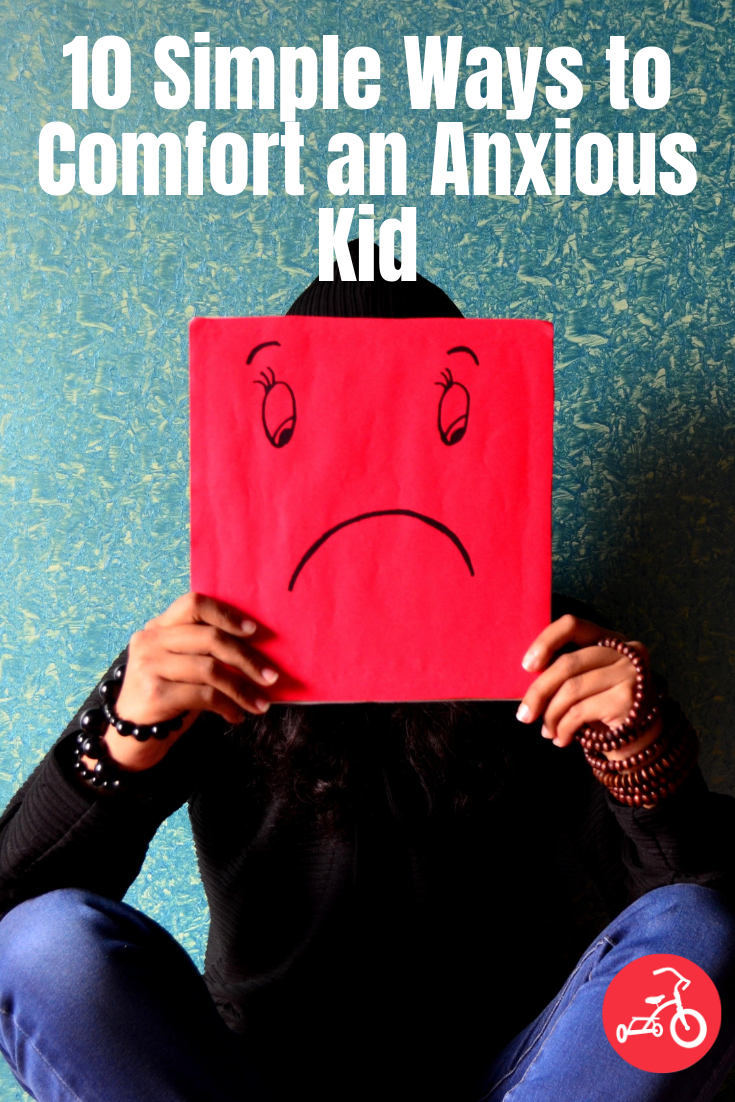A seasoned mom shares all the best ways to navigate the festive season with a wee one
They say it’s the most wonderful time of the year—and it is!—but even at the best of times the holidays can be a tad stressful, from travel logistics and finding the right gifts for everyone on your list to those less-than-subtle comments from relatives. Now throw a newborn into the mix and suddenly the season has an entirely new sense of magic, plus a fresh set of challenges as you navigate ever-changing sleep schedules, seasonal viruses, and an overwhelming number of commitments. As a mom of six, I’ve journeyed through my share of holidays with a new baby in tow (my third was born one week to the day before Christmas, and I really wish I’d had this list back then). Drawing from personal experience and expert advice, here are some tried-and-true tips for helping a new mom survive (or even thrive!) this holiday season.
1. In Good Health
No matter the season, keeping your babe healthy is always priority number one, but it’s especially important to be on guard with a newborn during the holidays. Baby’s immature immune system, large crowds gathering indoors, and the circulation of respiratory viruses make for the perfect storm. Dr. Priya Thomas, founder of Mindful Pediatrics & Adolescent Medicine and mom of three, explains the risk. “An adult who just has a cold can pass along RSV, which can become severe in young babies.” Her advice is to steer clear of the crowds, practice proper hand-washing, and ask others to do the same before holding your infant. “Parents should feel empowered in this area, as it’s a matter of the health of the newborn,” says Thomas. But she is quick to remind us that that doesn’t mean new parents need to skip all the fun with friends and family. “This is the time to be creative. You don’t have to miss out on the holiday cheer, just avoid the large holiday parties and opt for a more intimate gathering in your home,” she suggests.
Related: 3 Ways to Protect Your Baby From Respiratory Viruses, According to a Nurse
2. Respond Right
As you spend more time with family and friends in the coming weeks, expect a flurry of questions and offers of unsolicited advice. (Take it from me, this time of year they’re as reliable as busy stores and even busier parking lots.) For example, if your little one’s sleep schedule coincides with a family event, you might hear remarks like, “We never cared about schedules in my day.” While these comments are often well-intended, they may not be helpful, especially when tender, postpartum emotions are swirling. To ease the pressure of responding in the moment, prepare a general response ahead of time, such as “We’re doing what we think is best for our baby.” Give your response with confidence and a smile, then gracefully transition the conversation to a more enjoyable topic. And, if tensions escalate still, take some advice from Theresa Gray, founder of Blooms of Grace Counseling. “If you’re noticing that you’re starting to feel anxious, angry or stressed, it’s okay to step away for a moment,” she shares. “Take deep breaths that fill your belly and relax your jaw and visualize a peaceful scene or memory.”
3. Baby Yourself
This time of year is all about giving, so go ahead and give yourself the gift of a break. “Self-care is often thought of as things like hot baths, mani-pedis, and shopping trips with friends, but those aren’t really the things that recharge us,” explains Gray. “Instead, self-care during this busy and highly sociable season might be to get up before the baby to prepare yourself and your heart for the day.” She continues: “It should include spending intentional time with your spouse or close friends and asking for help and communicating the needs and desires you have.”

4. Respect the Nap… Or Don’t
With all of the added festivities, the holidays are notorious for throwing off routines. As the parent, you get to decide whether to toss your schedule to the wind or politely decline any events that may mess it up. In my early years of motherhood, I took the respect-the-nap-at-all-costs approach. Although I missed out on certain events, I enjoyed the outings I did take because I had a happy, rested sidekick. Now, six kiddos in, we tend to let baby nap on the go, and she generally thrives in the spontaneity. In the end, how much to alter your baby’s schedule over the holidays is up to you and the kind of kid you have. “There is wisdom in keeping to a schedule, as there is a physiological need for that, but some flexibility is good, too,” says Thomas. “I am all about being mindful of what works for your family.”
5. Layer Up
The weather outside can be frightful this time of year, so it’s especially important to dress your little one so that they’re warm and comfortable. Because infants aren’t able to regulate their body temperature yet, they can lose heat four times faster than adults—though that’s not a reason to keep them indoors, no matter how many times your grandma warns about catching your death of cold. “Your baby is not going to get sick from exposure to the cold, but do be mindful of low temperatures and proper clothing,” advises Dr. Thomas. Layering is the key to ensuring your tot doesn’t get too cold or too hot. The rule of thumb: Dress them in the same amount of clothing you’d wear yourself, then add a layer. Also, be sure little’s outfit includes a hat, as the head and face are where babies lose heat the quickest.
6. Travel Smart
If you’re hitting the road this year, it can be helpful to plan your drive around baby’s nap time or bedtime to help you travel in peace. If they’ll be awake for the drive, schedule in lots of stops for feeding and cuddling. If your babe is prone to fussiness in the car, consider a genius travel companion like this: the Baby Shusher. It has consistently calmed our crankiest car-bound babies (and also soothed their hyperventilating parents) for years. Another option is the Hatch portable sound machine, or just turn up the tunes. “Santa Baby,” anyone?
Related: 11 Do’s and Don’ts of Your Baby’s First Holiday Season
7. Toy Time
Now that you’re a parent, it’s time we break it to you: for the next decade, the holidays will be virtually synonymous with toys. So many toys. If you have family eager to load baby up with gifts, my seasoned-mom advice is to skip anything with batteries (a.k.a. noisemakers) and keep it simple. For young babies, an activity mat is a great choice, suggests Thomas. “You can do tummy time on the mat with a newborn even just for a few minutes,” she says. “Look for one with a mirror and different contrasting colorings and textures, things they can touch and feel or make sound.” For older babies, my go-to’s are wooden blocks, hand puppets, and board books, each of which develops their motor skills or fosters imagination and emotional connection.

8. Slow Down
During the holidays, we often feel the pressure of doing more, but this is your permission to slow down. Replace the holiday “ho-ho-ho” with “no-no-no.” “Self-care sometimes means saying ‘no,’” Theresa explains. “You don’t have to do everything and be everywhere. Choose the things that prioritize the health of your family and the reason for the season.” (Read that again if people-pleasing is your kryptonite.) Letting the hustle and bustle of the holidays pass while you soak up the simple pleasures—quietly snuggling up on the couch with your favorite festive bevy and your tiny little elf—may be the best thing you add to your schedule this season.
9. Nobody’s Perfect
Sometimes, the most precious moments are the least perfect. It took me a long time to learn this. For years, I aspired to have the perfect Christmas tree (you know the one, straight from a Pottery Barn catalog), but with so many curious little hands moving things around, I’d have to rush to secretly redo the ornaments each night after bedtime. Now, looking back, I realize that I missed the magic in pursuit of perfection. Learn from my loss and let go of the idea that there is an “ideal” Christmas or Hannukah card, photo, or party. Instead, be present with your baby and enjoy the moment, no matter how imperfectly (or downright messily!) it unfolds.






